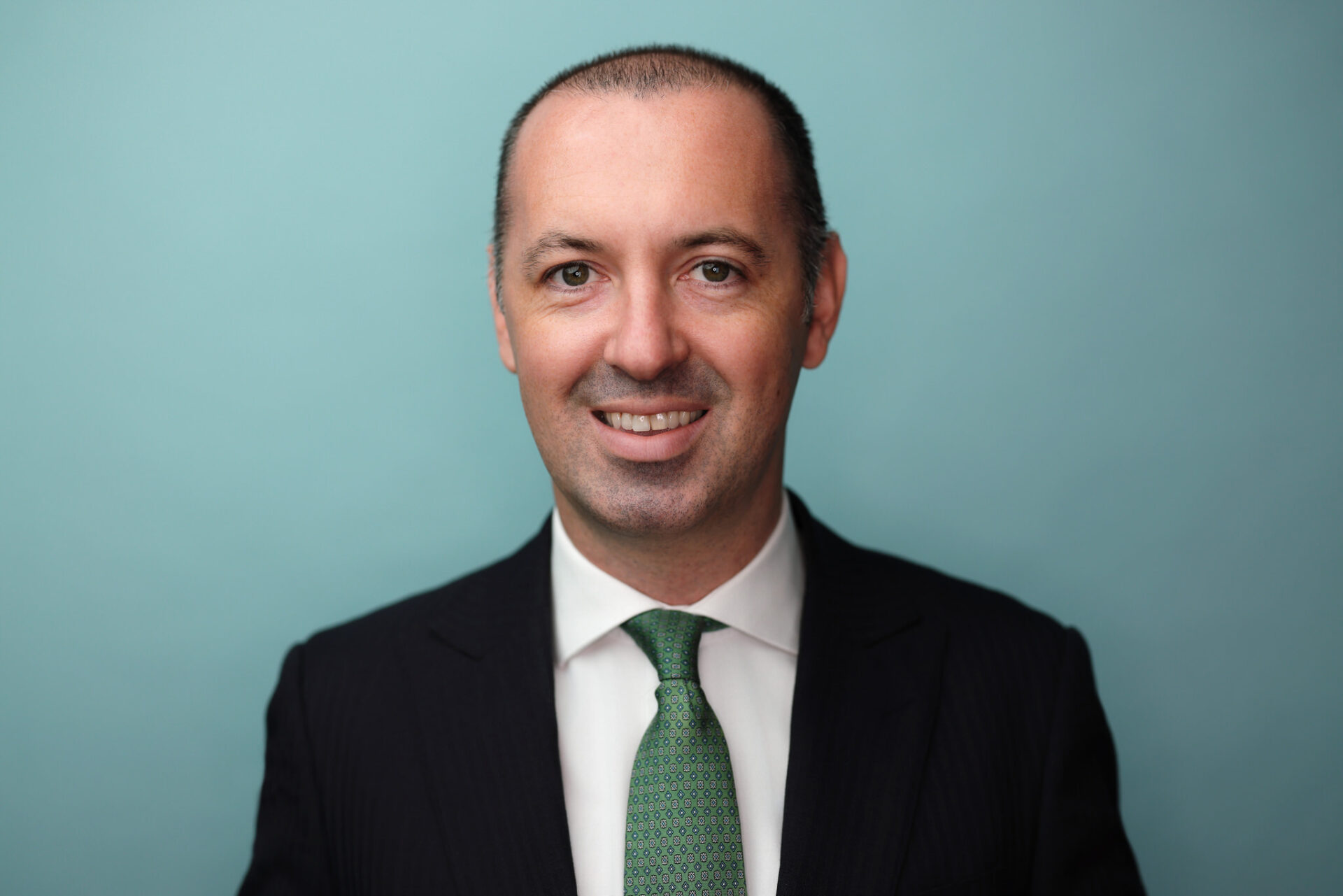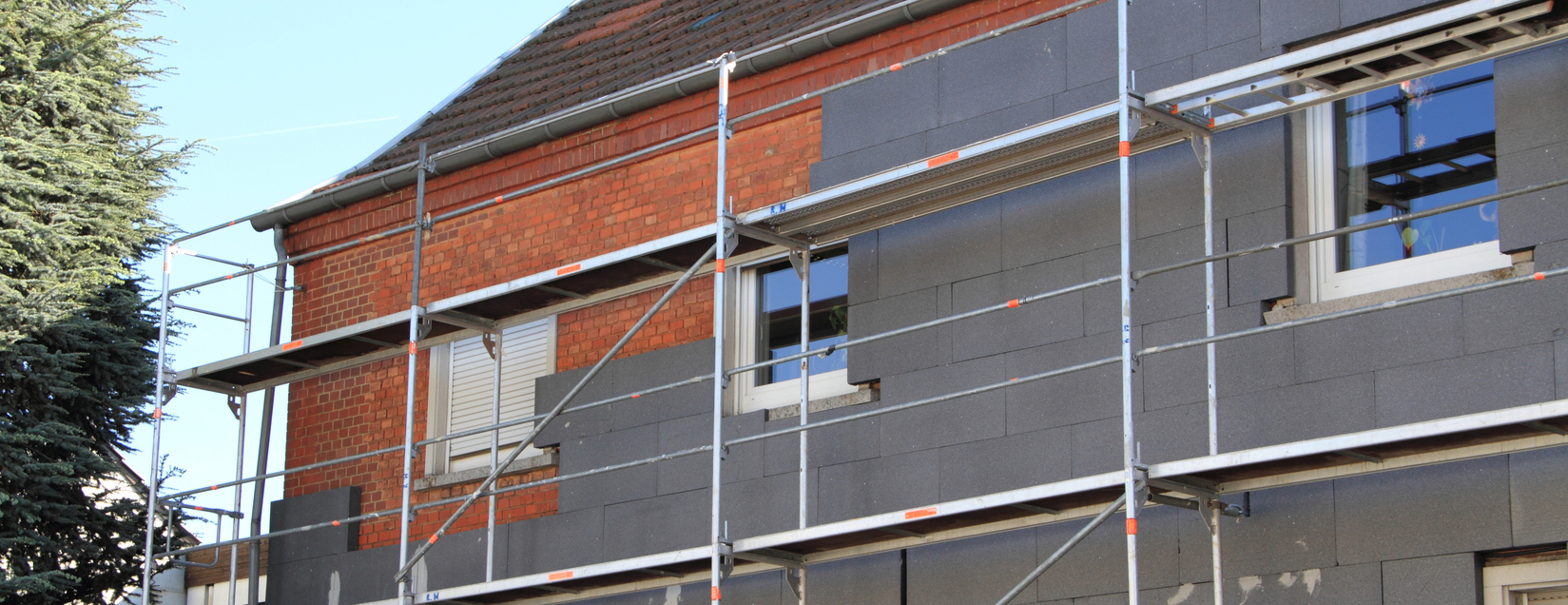The recent Dublin City Taskforce report, published at the end of October, recommended how multiple state and semi-state agencies can collaborate to effect a strategic overhaul of Dublin’s city centre. The role of private developers, investment funds, and institutions is equally important, and perhaps even more so, but for these to be enabled, state actors must evolve and facilitate quicker decision-making.
Much of the Taskforce’s report focuses on addressing issues from urban liveability to safety and aesthetics, proposing ten “Big Moves” to transform the urban environment. The report, led by David McRedmond, CEO of An Post, highlighted challenges such as high rates of building dereliction, exceedingly low residential density in the city centre, and the impact of negative perceptions on personal (and business) safety.
By confronting these issues, the Taskforce aims to restore (or even create) Dublin’s reputation as a vibrant, safe, and attractive urban centre to live, work, and play. While much remains to be clarified, the report is a welcome development given how long the city centre has been neglected by policymakers.
One of Dublin’s most chronic issues is the number of derelict and vacant buildings, particularly in central areas like O’Connell Street, Parnell Square, Mountjoy Square, and much of the formerly graceful and elegant north inner city. Data from Dublin City Council showed over 500 vacant commercial properties across Dublin 1 and 2 in 2023, with many long-standing derelict sites concentrated in key commercial areas. Over 1,900 commercial properties are classified as vacant across the core city centre area.
A deeper dive into these properties shows many are older buildings, spread across the Dublin 1, 2, 7, and 8 areas, including large numbers of Victorian, Regency, and Georgian structures that may no longer be commercially viable as offices (or other commercial uses), but could be repurposed as homes if regulations allowed. Often, planning and fire regulations, as well as conservation standards, are the restraining factors.
These derelict, underused, and often abandoned spaces not only detract from the visual appeal of Dublin’s city centre but also foster a sense of neglect, which the Taskforce rightly argues contributes to a perception of insecurity. Dublin City Council needs to take responsibility for much of these, as does the central government, as both policy and regulation play a major role in limiting investment and redevelopment in these overlooked and neglected streetscapes.
The Taskforce’s report emphasises that transforming these spaces into high-density residential areas (especially, in this correspondent’s view, with private rather than social occupiers) through targeted incentives for essential workers, such as healthcare and public service professionals, could drive new dynamism for our city.
Such redevelopment could provide a foundation for reviving Dublin’s inner-city population, which is significantly lower than that of other European capitals. Recent figures show the population density in Dublin city centre is around 4,800 per square kilometre, considerably lower than other major European cities, where densities exceed 10,000 per square kilometre. Put simply, our capital city is underutilised as a place to live, work (a critical point), and thrive.
To address these derelict sites, the Taskforce recommends several public realm and redevelopment improvements. However, it overlooks one key issue: how certain targeted schemes could be transformative, and how the planning system has been one of the major stumbling blocks in addressing this regeneration.
A prominent example is the Hammerson-led Dublin Central scheme, a major redevelopment plan for a significant portion of the north inner city, encompassing the former Carlton Cinema, near O’Connell Street.
This project aims to bring mixed-use developments, including retail, hotel, office spaces, and residential units, rejuvenating an area that has struggled with high vacancy and urban blight for decades. By combining commercial spaces with high-density housing, the Dublin Central scheme would help attract both businesses and residents back to the north inner city. This scheme would support the goal of creating a “24-hour city,” with a vibrant residential community alongside its business and tourism sectors.
Such redevelopment would also bring significant benefits, such as passive security, given the increased number of people living, working, and staying in the area. Considering the massive advantages of such a redevelopment, it is shocking that it has not been prioritised by Dublin City Council, An Bord Pleanála, or championed by its councillors.
In addition to large-scale developments like Dublin Central, the Taskforce’s report emphasises enhancing public spaces to make Dublin more attractive for residents and visitors alike. Proposed improvements include better lighting, high-quality street furniture, de-cluttering, pedestrian-friendly streets, and greening. These measures would foster a welcoming environment that encourages foot traffic and city engagement.
The Taskforce has also advocated for marketing efforts to reshape public perception and promote the city’s cultural and historical assets, countering narratives that portray Dublin as unsafe. However, the perception that the city is unsafe is a valid one, as arguments to counter this have been weak, superficial, and bordering on insincere. People need a reason to enjoy their city centres, and sadly, the north inner city has lacked this motivation. Major redevelopment, the creation of destinations, and owner-occupied homes can change this.
If we consider that investment in enhancing the public realm and redeveloping vacant properties can have broader economic and social implications, we get halfway there. But the council cannot do this alone and should not be a stumbling block for private investors in achieving these goals.
Meanwhile, increased private residential density (which should be an absolute priority) in the city centre would support local businesses, reduce commuting times, and contribute to a more sustainable urban model. An influx of residents and visitors would bolster the city’s hospitality, retail, and cultural sectors, all of which have struggled post-pandemic and through the current inflationary cycle.
Multiple international studies from other cities show that vibrant, walkable city centres attract investment and increase economic resilience. By implementing its recommendations on residential densities, the Taskforce would create a self-sustaining cycle: improved safety and aesthetics attract more people to live and work in Dublin, which in turn supports businesses and reduces the likelihood of dereliction.
This needs to be enabled by planners and policymakers. Then funders will follow.
The Dublin City Taskforce report represents a comprehensive vision for Dublin’s future. It is not the first one, and undoubtedly will not be the last before problems are solved. Urban malaise remains the issue in Irish policy, and this has restrained urban growth since independence. By combining urban planning, public safety, private development, and community-building measures, Dublin policymakers can create a thriving and attractive city centre.
If implemented effectively, these changes could position Dublin as one of Europe’s most liveable and dynamic capitals. We should be looking towards other mid-sized European cities with strong FDI economic bases, like Copenhagen, Geneva, Oslo, and Zurich, and asking: why not us?



